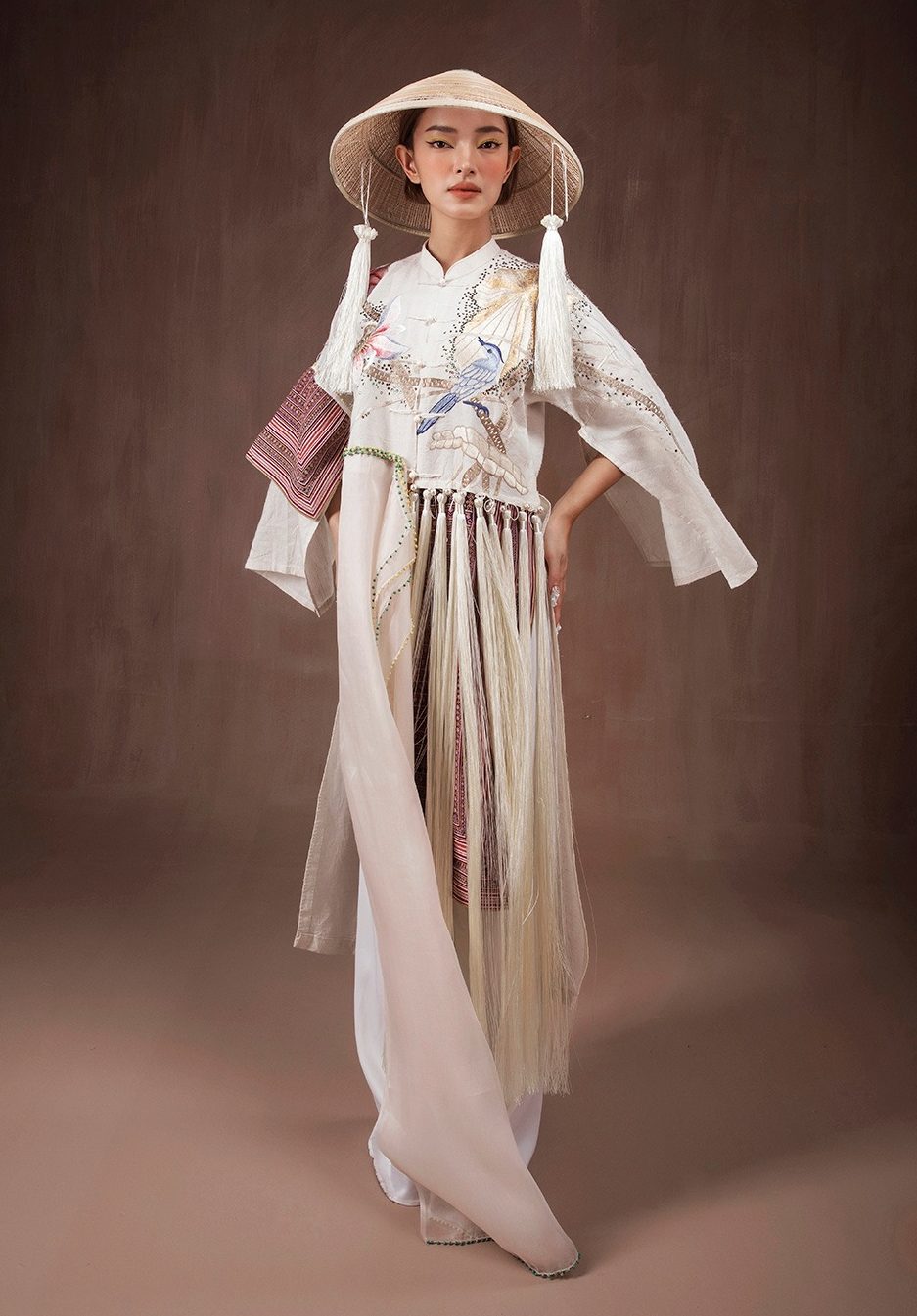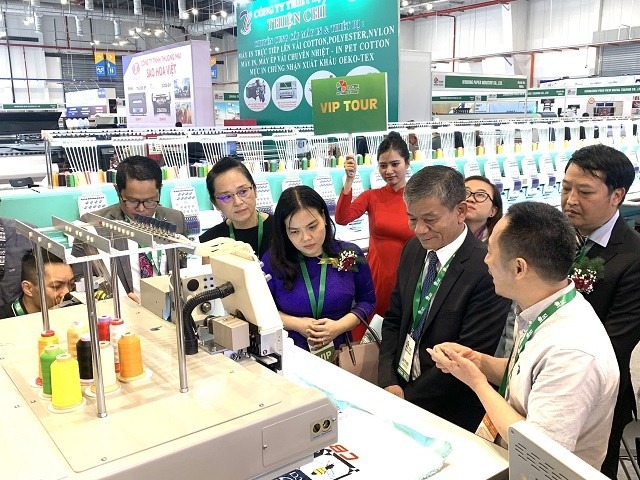20/09/2024
Vietnam Mass Produces Pineapple Fiber and Fabric
Vietnam is mass-producing eco-friendly pineapple fiber and fabric for the first time. This innovative material is now available on a large scale to textile manufacturers, fashion brands, accessory makers, and interior design companies globally.
According to BAZAAR Vietnam, early in 2024, ECOFA reached a milestone by producing 18 tons of pineapple fiber each month from over a million tons of harvested pineapple leaves. This production is expected to reach 50 tons per month by 2025.
ECOFA is a Vietnam-based enterprise that creates environmentally friendly products from natural materials. The company has found a sustainable way to produce high-quality, eco-conscious fabrics by recycling agricultural waste, specifically the leaves of pineapple plants.
“It used to be difficult for Vietnam to recycle natural pineapple resources into usable textile fibers due to a lack of advanced machinery and technology,” said ECOFA’s founder, Đậu Văn Nam.
ECOFA has succeeded where many startups struggled. Thanks to its innovative solutions for turning agricultural waste into textiles, the company can produce pineapple fiber on an industrial scale.
This has paved the way for large-scale fabric production, overcoming the challenges of traditional, manual fiber spinning methods that fell short of industry standards.
ECOFA previously introduced Ananas, an eco-friendly textile made in Vietnam, supported by a transparent supply chain for raw materials.
“This marks a major step in linking Vietnam’s pineapple agriculture with the growing global demand for sustainable fashion.” Nguyen Thi Tuyet Mai, Vice Secretary-General of the Vietnam Textile and Apparel Association (VITAS), said.
Using the machinery developed by Nam himself, ECOFA collects pineapple leaves and processes them into pineapple cotton fiber with farmers and cooperatives in provinces like Dien Bien, Ninh Binh, Thanh Hoa, Nghe An, and Tien Giang.
While the idea of turning pineapple leaves into textile fibers isn’t entirely new, the company has streamlined the process of refining raw pineapple fibers into soft, uniform cotton-like strands, ideal for spinning into yarn and weaving into fabric.

The potential for pineapple fiber production in Vietnam is immense, as pineapple fiber can be sourced both from organic farming and industrial plantations, provided the leaves are longer than 60 cm, while their maximum lengths can reach bout 1.2 meters.
The fiber quality in northern provinces like Thanh Hoa and Nghe An surpasses that of southern regions, likely due to climate and cultivation methods that result in thicker, longer leaves. On average, 55 kilograms of pineapple leaves can produce 1 kilogram of fiber, priced at 150,000–160,000 VND/kg—more than twice the price of cotton.
Historically, pineapple fabric was first introduced in Southeast Asia, particularly in the Philippines, in the 17th century. However, due to the labor-intensive production process and the use of basic tools, it was limited in supply and thus very expensive.
As cheaper industrial fabrics gained popularity after the 19th century, this “luxury material” faded into obscurity.
Today, however, pineapple fabric is making a remarkable comeback. Once reserved for a privileged few, it is now accessible to a broader audience, offering a perfect blend of tradition, sustainability, and modern fashion.
As demand for eco-friendly textiles continues to rise, pineapple fiber is set to play a key role in both commercial and contemporary fashion.
Share:











